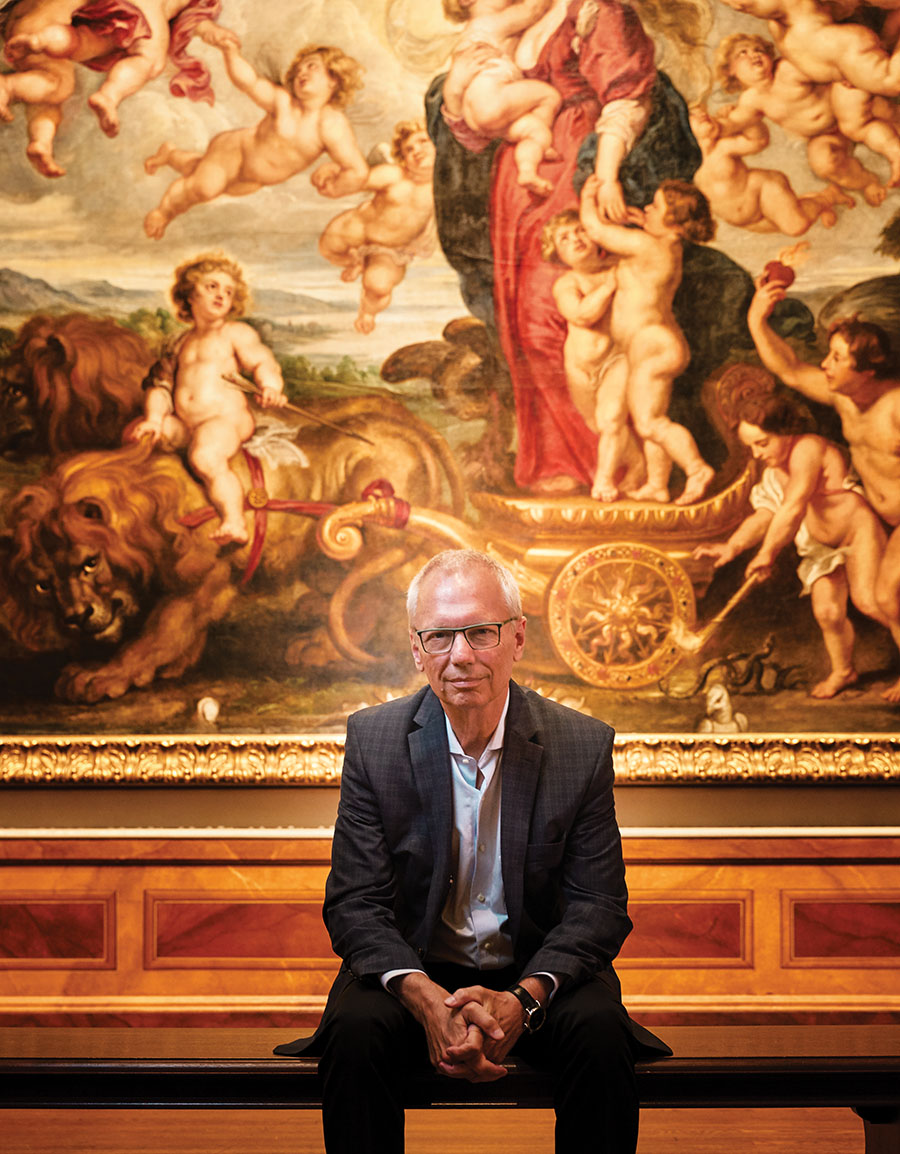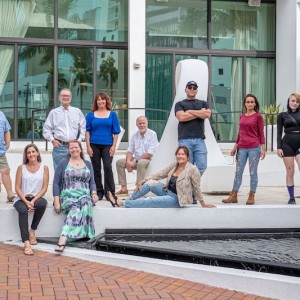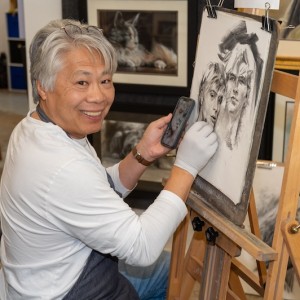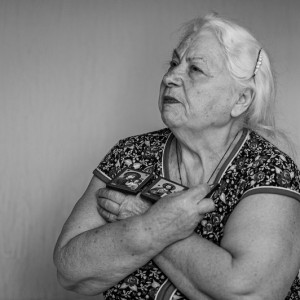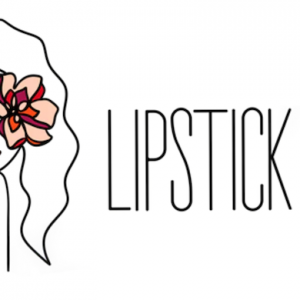THE RINGLING
Executive Director Steven High
on cultivating wonder, a newly accredited Arboretum, and the past, present and future of contemporary art at The Ringling.
The last few years at The Ringling have seen a marked investment in contemporary art. What’s the thinking here? High: The Ringling has always had a foot in contemporary art, as well as in the Baroque and European work. John Ringling bought the Baroque and Asian work, but our first director, Chick Austin, came from the Wadsworth Atheneum in Connecticut. He was not only a Baroque scholar, but he was also interested in the art of his time and was very engaged in contemporary theater. When he came down here, he brought some of those interests to Sarasota. We look at Chick as the foundation of that. He’s also the one who got the idea to create the Circus Museum. That was not John’s dream at all.
Really? He converted John Ringling’s old garage into the first circus museum in the United States, in the late ‘40s. He also was the person who bought the Historic Asolo Theater and started doing contemporary performances. During the ‘70s and ‘80s there was always contemporary art.
But it slowed down through the ‘90s, right? What brought it back? With the commissioning of James Turrell’s Joseph’s Coat, we had this major contemporary art piece—a major investment—and we needed to put it in context. We began doing The Art of Our Time. We began introducing more contemporary work within our traveling exhibition program. Then, over the last few years, we’ve begun dedicating space to contemporary programming. The Monda Gallery was the first. We dedicated the East Wing of the Searing Wing to our contemporary collection. Simultaneously, there was an effort to launch the Ringling International Arts Festival. The launch turned the Historic Asolo Theater into a program area for contemporary performance. We have over 15,000 square feet of contemporary programming. Plus, we added the glass pavilion a year and a half ago; that adds another 2,500 square feet. We’re at full speed now, but it’s been literally a decade to get to this point. Attendance has gone up quite a bit. When I came, it was about 230,000–240,000 people and now this last year we ended the year at exactly 414,695 visitors.
So a substantial increase. We’ve been right at the 400,000 mark for about three years now. Our next goal is to clear half a million. But I don’t think it’s driven by contemporary art. I think it’s driven by the way we’re reaching out into the community better, and all of our programs. We’ve really expanded our education programs. There are lots of opportunities for people to engage, to come and take part. You can do a workshop or you can hear a lecture. That brings people in. We really emphasize the fact that it’s never the same. Even though people think museums rarely change, we’re changing all the time. We’re building new buildings. The collections change out every three months. Anything on paper can only be hung for three months and then we have to take it down and put it in storage.
What is the role of the Arboretum and how has this grown? When we rebranded the museum, it was about trying to show that it’s not just an art museum, it’s much more. The official name of the museum is the John and Mable Ringling Museum of Art and that’s forever. But we refer to ourselves as The Ringling and the reason why is that it’s so much more than an art museum. It’s a historic house, it’s contemporary performance, it’s the circus museum, it’s the history of the circus—and now this whole campus is held together by an Arboretum that features over 200 species of trees and over 400 wooded shrubs. We’ve been working toward that stature for about four or five years now and we’re really pleased that we were able to get that accreditation this year. It used to be you come in and say nice grounds. Now you say nice Arboretum. To be able to achieve Arboretum status, you have to document your collection. You have to treat it like any other collection. We have a database that documents every tree. You can go on the website, pull up a GPS map of the property and every green dot is a tree. And the dot pops up an image of the tree, its scientific name and then you can learn more about it and where it comes from.
Culturally or experientially, how does the Arboretum complement the old masters and the contemporary work? My goal is that everyone who comes here has an extraordinary experience and I think that’s something we can do better than any museum in the country. We’re never going to have a collection that can match the Met’s, but we can create the most extraordinary experience. The Arboretum is part of that, but it’s one of many experiences that people have when they come here. When you come, you may not care at all about the circus, but you walk into the model in the Tibbals Learning Center and people are just blown away. Or they walk into the Rubens Gallery and see those massive paintings in such a beautiful hall and that becomes this wow moment. I want people to have these wow moments and that’s what the grounds are. That’s why we care about our architecture as well. Every building we’ve built here has won the design award for Florida. We’re building buildings that are architecturally significant and visually stunning. The museum today plays a lot of different roles. Our exhibitions are political—all art is political. That can create dialogue. And that’s what we really want. We want people to come have a great experience, but also have an experience that makes them think about the world today. There’s lots of opportunity here for contemplation and questioning and wondering.
What’s next? The final thing right now on my list is [The Banyan Café]. That’s a Bill Rupp building and Bill was one of the Sarasota modern architects. He built that in the early ‘60s to be our restaurant. That was the first restaurant on campus and it’s still there, but it’s been added to over the years and that’s now the Banyan Cafe. It looks like a big Tiki hut right now, but underneath all that stuff is that building. I want to take it back to the way it was and that’ll be our new mid-century modern gallery. It’ll be a little boutique gallery in the middle of campus in this mid-century modern building.
More expansion? Our focus is not expanding necessarily; it’s making sure we are taking full advantage of the spaces we have, that we’re programming them actively, bringing in interesting exhibitions, buying work that we can feature and working with collectors for gifts to the museum. That’s really the fundamentals of our direction over the next decade or so—fully utilizing all the investments we’ve put into the property to the benefit of our community.
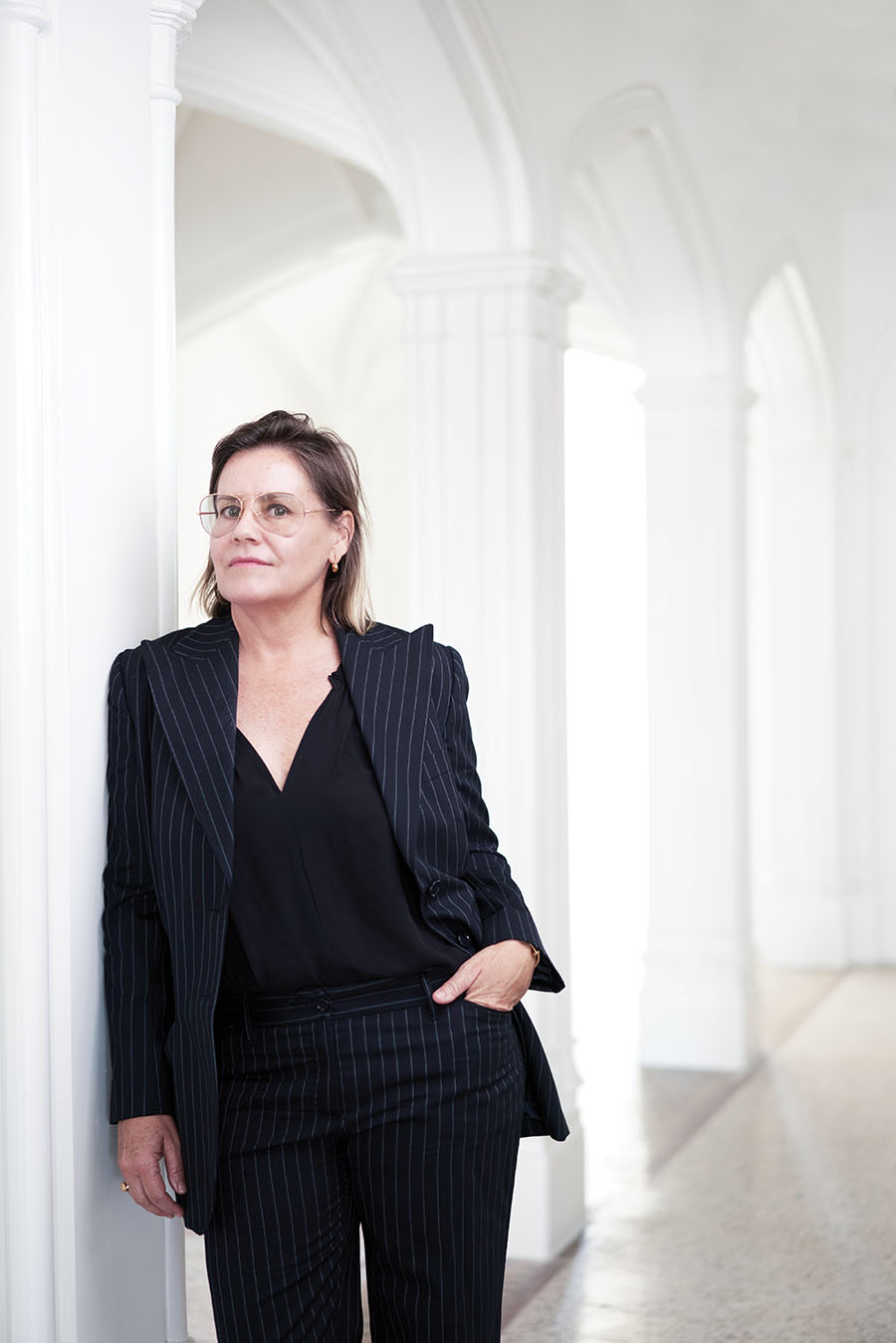
SARASOTA ART MUSEUM
Though The Sarasota Art Museum of Ringling College has been offering lectures and screenings in a nearby facility for more than a year now, this December 7 marks the grand opening of the official museum space within the repurposed Historic Sarasota High School, with more galleries coming online throughout the year. Executive Director Anne-Marie Russell talks the special role of contemporary art in today’s community, the power of “third spaces” and what it means to be the new kid on the block.
How will this museum fit into the cultural fabric of the community? Russell: We’ve got so many wonderful institutions, museums, scientific institutions, art museums, all sorts of attractions, wonderful symphonies, opera—it goes on. What we don’t have is a museum dedicated exclusively to contemporary art. That will be our primary contribution.
What is the importance or advantage of having an institution solely devoted to contemporary art? We are living now in this period. The oldest work of art that I teach in my art history classes is 480,000 years old—it’s a carved shell—so we humans have been at this art-making business for quite a long time, and I love art from all eras. What is particularly wonderful about art from the era that we’re living in is that we understand the world we’re living in. We don’t have to try and imagine. We don’t have to think the past presently, as we do when we’re looking at older work, where the artists are no longer alive. That’s not the world we’re living in. This is the world we’re living in right now, which means that everyone living in that world has something to bring to the work, and something to get from the work. That dialogue is just naturally there.
What can people expect from this debut season? First of all, while we have 15,000 square feet of dedicated, properly conditioned and secure art museum gallery exhibition space, the entire museum campus will have touchpoints and moments of art experiences. We have a dozen curatorial zones, where art can happen, and about half of them will be activated at opening. And then over the next year and a half, the other six will come online every quarter. So there’s going to be a constant rolling evolution of new wonderful things that will happen. We’ll have upwards of three different exhibitions at a time, and the exhibition galleries will have another dozen sculptures outside. Site-specific, site-responsive installations inside, outside, here, there, everywhere. So there’s a lot going on and a lot of intersection, interaction, dynamism, among and in between the things that are going on.
What does it take to build a museum in an old high school? What we’ve been able to achieve with this project, is to retain enough of the historic character. We’ve modernized the building so it can function as a high-performance art museum, and that’s a very specific thing from a environmental conditioning and security standpoint. But we’ve managed to create a wide variety of curatorial conditions that artists will continue to be delighted to respond to, and we will be delighted to see how they respond to them.
How do you balance preservation of the old with the needs of the new? Adaptive re-use is so exciting, but a downfall can be when historic buildings are overdone and they look new. We have retained a great deal of history, nuance, texture, idiosyncrasies in the building, and therefore we’ve created all sorts of wonderful, special little moments that artists are incredibly excited about working with and responding to. So while there are many beautiful new museums that are big gleaming spaces, boxes aren’t that interesting to artists. So we have provided a wide range of interesting moments for artists to intersect with. Obviously, the most monumental is the Tower Gallery. That’s a really wonderful and surprising space. The tower on the exterior of the building is the most dramatic, and it’s been opened up on the interior, so that, without question, is the big ‘Aha’ moment. But, equally important, we have a beautiful loggia that will have a site-specific mural that you can see from the outside and then be in the painting. We’ve got something called the arcade, which has a site-specific installation that you will be inside. There are little niches here and there. We have so many different spaces that will unfold and you will encounter.
The museum has identified as a kunsthalle, what does that mean and what are the pros of that model? It means a contemporary art museum without a permanent collection. So the pros are perpetual revolution, constantly new, exciting, dynamic. Interestingly, in this day and age, museums with permanent collections need to do temporary exhibitions as well as their permanent collection. So a museum with a permanent collection has to do both, and that’s a lot of work. We just have the temporary exhibitions.
How will the museum experience benefit from sharing space with the college experience? This is truly a community campus. In the language of urban planning, they’re called third spaces; home and work being first and second spaces. These are community spaces where a variety of people can come and gather and feel at home. You can come and have lunch in the cafe. You can come and see a film. You can come and take a continuing studies class. You can come and see an exhibition. You can come and walk the grounds. The Meander is one of my favorite spots on the whole campus, which is the meandering path named after the river in what is now modern day Turkey.
What are the important steps to be taken in the first few years, as the museum establishes itself in the community? We’re rather obsessive researchers, and we have extensive research around the project in terms of financial and business sustainability and seeing the evolution of the project. We’ve built a very strong foundation. The key in any cultural institution, a museum, is about two things. And you can remember this by minding your Ps and Qs. It’s about permanence and quality. And when you create a museum, you anticipate it will be there permanently, in perpetuity, for many, many generations to come. So you want to build a really strong foundation, because you can build on that scaffolding. So we’ll see. “Vamos a ver,” as we used to say in Tucson. All will be revealed in time.
Looking forward five, ten years, when people say “The Sarasota Art Museum of Ringling College,” what immediate associations do you want them to have? If there’s a single operative word, it’s curiosity. We want to pique everyone’s innate curiosity and expand minds.
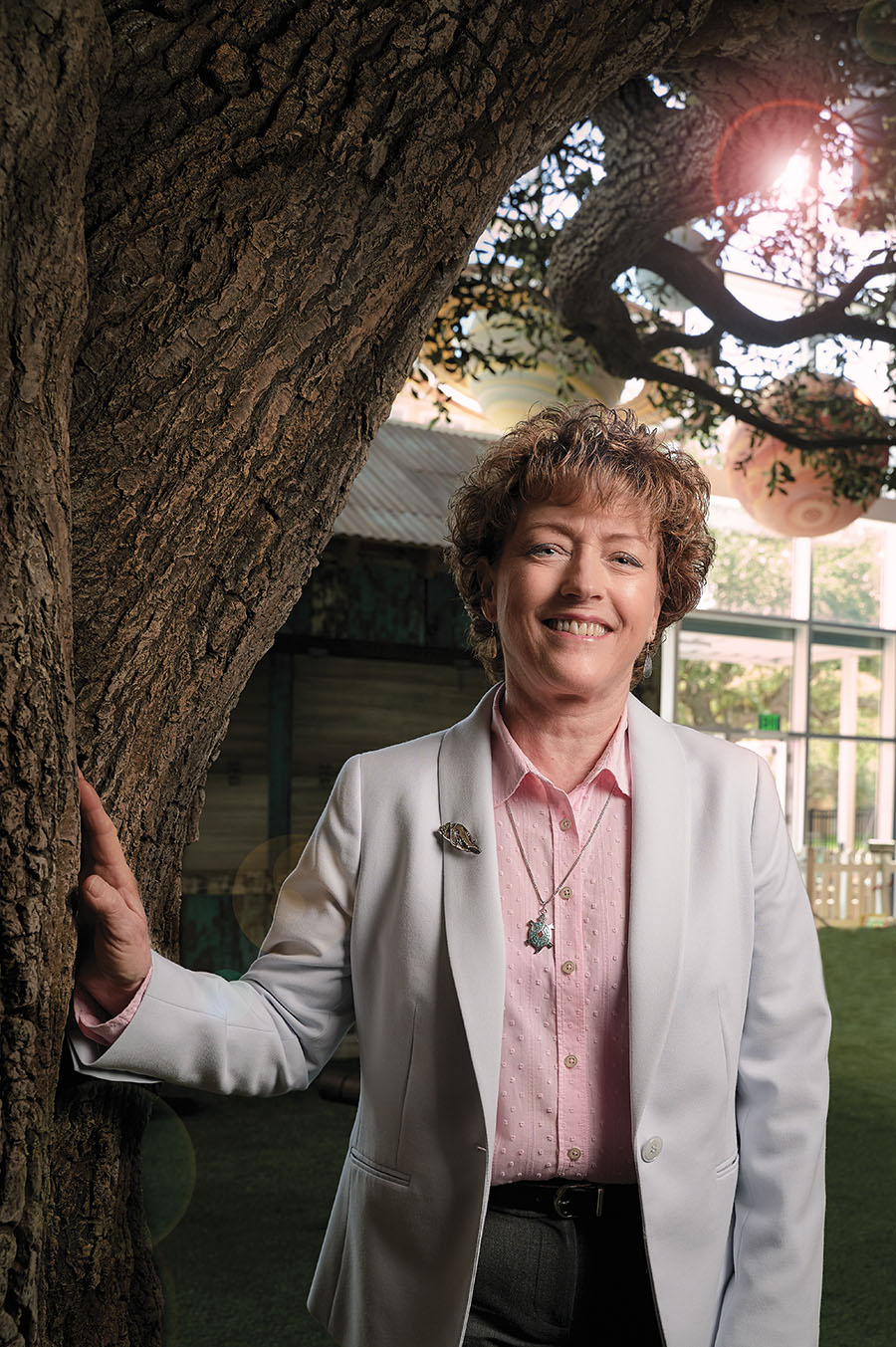
THE BISHOP
At the newly rebranded Bishop Museum of Science and Nature, CEO Brynne Anne Besio promotes community literacy and builds the educational institution of the future.
What’s in a name? Besio: The name South Florida Museum, which originated back in the ‘40s, was given to this place because they wanted to broaden the audience. They didn’t want to be the Bradenton Museum, because they figured that wouldn’t be sustainable. That name was retained for over 70 years, and we were kind of invisible. We did a market research study in 2016, and we found out that people just didn’t know who we were, where we were. They might have known Snooty but they just didn’t connect that we were a museum. So we knew we had to do something different. And honoring the Bishop family has been important to us because we would not be here today without the funding support of the Bishop family for over 70 years. And then add the description of science and nature so that people knew what we were.
You’ve said that The Bishop does not focus on STEM or STEAM, but STREAM, with the R representing reading. Why the additional focus? There are 15 Title One schools in a six-mile radius of the museum. 50% of the kids in Manatee County aren’t reading at grade level at third grade. Our problem as a community is having a local citizenry that are not literate. And so that’s our responsibility too, as an organization, to bring literacy into everything we do, whether it’s math literacy, science literacy or reading literacy. They are all intertwined. That’s our community.
How can a museum engage this literacy problem? By partnering with the organizations that are working with those kids. We have a regular field trip program for schools, and we serve anywhere from eight to 10 counties’ worth of schools in natural history. There is help coming from the Campaign for Grade Level Reading. And we are a host site for some of the reading programs. We have a reading nook downstairs. In the summer science camp, we have a reading component.
What is the role of a museum in a community like this? An elementary school teacher has to be an expert on every topic. But most of the time their strength is not in science. And so we can be the place that has the expertise to help augment or supplement what’s going on in the classroom. We have for years done professional development for teachers. First it was through what we called the Institute For the Scientifically Timid. And we ran about 200 or 300 teachers through that every year. They would take courses here and that was all funded by Lockheed Martin. We also take teachers out to the Badlands of Nebraska, and they dig for fossils. So they get real-time science and can take that back to the classroom.
What programs are coming down the pipeline? The biggest thing is opening the Mosaic Backyard Universe. We hadn’t stepped into the early learning. And all the research is looking at early learners and how important that is to set the foundation for success. Not every kid has a backyard. So we’re trying to create a safe, intriguing place for kids to ask questions. There are no signs. It’s all about the kids thinking about what they’re seeing, being able to ask questions.
What are the museum trends? More mobile exhibits. When you put an exhibit up on that wall, just like our diorama downstairs—Priscilla sitting in the middle of the hall and the bison and the Paleo-Indians over there—you put a text panel on it, it’s not going anywhere. Museums are putting more exhibits in mobility so you can move things around. The other way is to do it virtually. So we have digital tours that connect people through this app, the Pathways app.
How will the Bishop stay abreast of the digital age? Several thousand of our artifacts are being 3D-scanned, so people eventually will be able to look at our collection online and turn them around, look at them 360 degrees. You can see details on it that you might not even be able to see here at the museum because you can’t pick it up and turn it around. And a lot of museums are doing that. The Smithsonian’s doing that, especially with the archeological collections. We have a few new halls we’d love to build, a Florida geology hall and a hall of planet Earth, and get a big science hemisphere. Those are all in the works.
Beyond the surface level, what is the difference between a fine art museum and a science and nature museum? The difference is just what we’re educating from. They can do STEAM and STEM and STREAM. They’re just educating the public from a different set of collateral. I’ve always viewed Selby, Mote, Ringling, and now the Sarasota Art Museum, as just pieces of the puzzle of how we’re working to educate our community. We complement each other; we’re not competing.
The Sarasota Art Museum will open to the public on 14 December. Museum Members will have access to private preview days. To become a Member, please visit www.sarasotaartmuseum.org
The Gala will be held on 7 December, gala tickets are sold out, but after-party tickets are still available as well as limited sponsorships. Please contact Stacy Quaid at squaid@ringling.edu for more information.





